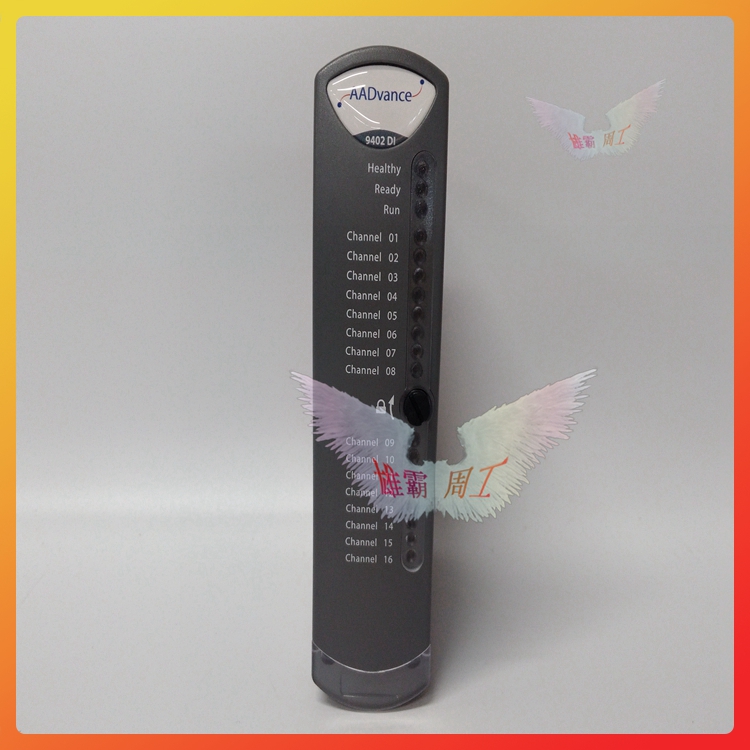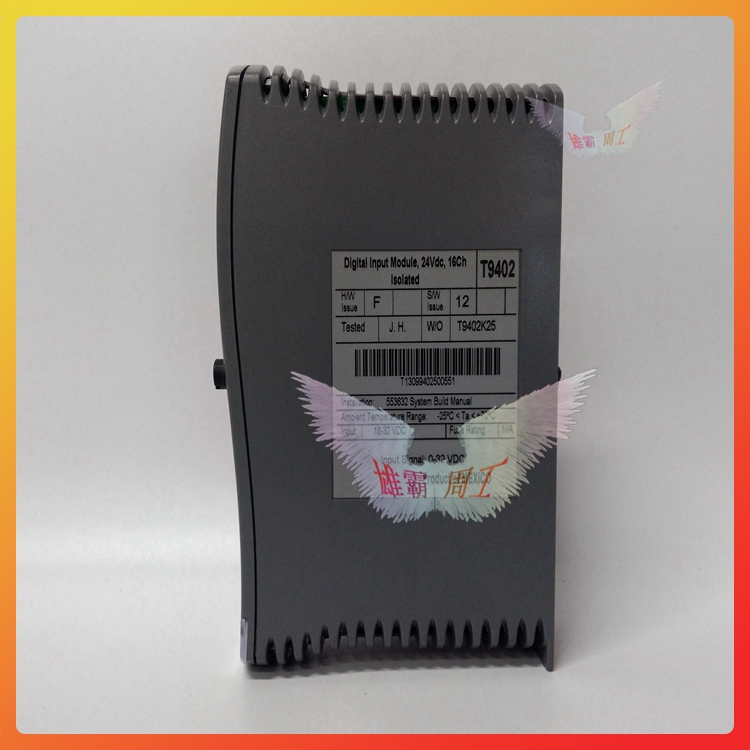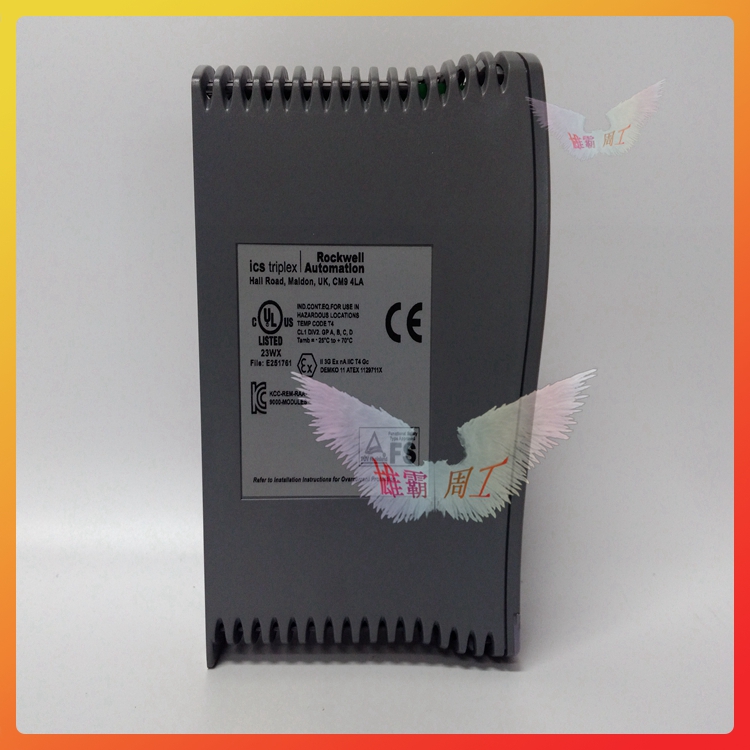ICS TRIPLEX T9402 数字输入模块 16通道



现场功耗
T9402 为了估计总体控制器功耗,有必要包括在控制器内耗散的场功率分量。请参阅表“励磁回路功率散热”。现场电源要求应为单独计算,取决于字段的数量和类型元素。参考数字和模拟输出的规格通道输出电气规格的详细信息。系统设计加热注意事项耗散和冷却控制器设计为在其指定环境中运行强制空气冷却。但是,个别情况下可能需要强制空气冷却控制器与其他热量共享其外壳的情况生产设备和内部温度可能超过建议的工作温度范围。
模块方向
T9402 罗克韦尔仅建议模块垂直定向,如果模块安装在任何其他方向,则必须进行特定温度测试以实现可靠和可预测的操作。
高空气温度
AADvance所在外壳内的高空气温度额定值安装模块以支持70°C(158°F)的可预测操作。
估计散热量
T9402 外壳中的热量由多个来源产生,如电源电源、AADvance模块和一些现场回路电源。使用下面的计算和表中给出的数据来估计总体
散热:
•电源消耗(瓦特x(100效率)(%)+模块消耗的系统功率+部分现场功率在外壳中。
以下模块功耗值为
T9402 工作电压和电流的范围。
Field Power Consumption
To estimate overall controller power dissipation it is necessary to include the
field power component dissipated within the controller. Refer to the table
"Field Loop Power Heat Dissipation". The field power requirements should be
calculated separately and is dependent on the number and type of field
elements. Refer to the specifications for the Digital and Analogue output
modules for details of the channel output electrical specifications.
System Design
Considerations for Heat
Dissipation and Cooling
The controller is designed to operate in its specified environment without
forced air cooling. However, forced air cooling may be needed in individual
circumstances when the controller shares its enclosure with other heat
producing equipment and the internal temperature could exceed the
recommended operating temperature range.
Module Orientation
Rockwell only recommend that modules are oriented vertically, if modules are
mounted in any other orientation then specific temperature tests must be
done to achieve reliable and predictable operation.
Maximum Air Temperature
The maximum air temperature rating in an enclosure where AADvance
modules are installed to support predictable operation is 70 °C (158 ° F).
Estimate Heat Dissipation
The heat in the enclosure is generated from several sources such as the power
supplies, the AADvance modules and some of the field loop power. Use the
following calculation and the data given in the tables to estimate the overall
heat dissipation:
• Power supply consumption (Watts x (100-efficiency) (%) + the sum of the
system power consumed by the modules + part of the field power that is
in the enclosure.
The following module power dissipation values are worst case values over the
range of operating voltages and currents.





 客服1
客服1